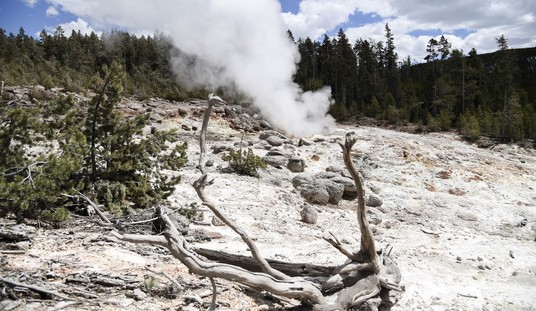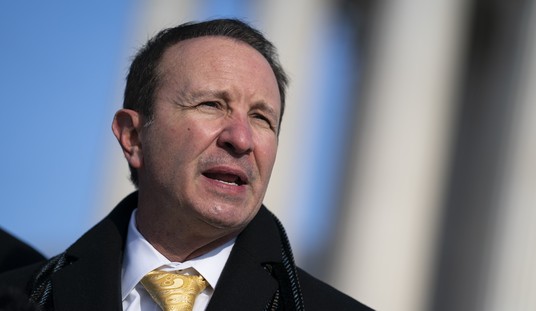The situation surrounding the clean up of the Colorado mine spill’s toxic waste continues to get uglier. Last month, I wrote about how the Navajo were struggling to deal with the effects of the spill and how the EPA was trying to cheat them out of pursuing legal action against the federal government. Now, the federal government is denying disaster relief to the areas affected by the spill, which will only make the state of affairs so much worse for the Navajo Nation, one of the poorest places in the country. Here’s the latest on the matter from the Washington Times:
“President Obama and FEMA need to be more proactive and declare this as a disaster area,” Navajo Vice President Jonathan Nez said in a Thursday statement. “The Navajo Nation should have the affected tribal lands designated as its own EPA region. There would be less confusion this way.”
FEMA administrator W. Craig Fugate declined in a letter to assign a disaster-recovery coordinator to the Navajo Nation, saying that the EPA was taking the lead in responding to the problem, the Arizona Republic reported.
The spill has caused no end of headaches for the Navajo. The first round of water tanks dropped off by an EPA contractor were still dirty with oil from a previous delivery. Some farmers have been reluctant to reopen their intakes for crops and livestock even after being cleared by the EPA and the Navajo Nation EPA.
What we can glean from this is that the government’s response a toxic waste spill it created is woefully inadequate. The water tanks provided by the EPA as an attempt to help deal with the situation were not properly cleaned, and as a result, they could further endanger impoverished Navajo farmer’s crops on top of the poisoned water in the Animas and San Juan Rivers.
Reading on a bit in the article beyond the quoted section, we learn that this is not the first time the Navajo have been on the receiving end of toxic waste spills with no adequate response from those responsible, including the federal government and private companies. The severity of this spill combined with the federal government’s unwillingness to properly respond to a mess it created is the source of their current law suit. The EPA estimates it will cost $3 million to clean up the spill. Even if this extremely conservative number is accurate, clearing out the waters alone won’t be enough. The damage caused will be felt in the years to come by farmers and others in the region.
The House Science, Space, and Technology Committee is going to be holding hearings on the spill. Understandably, they want EPA chief Gina McCarthy to testify, but the agency is assistant administrator Martha Stanislaus instead. It’s obvious to see why McCarthy does not want to testify over a mess she presided over, but if Stanislaus can’t give committee members the responses they need, it might be time to start issuing subpoenas. This kind of spill would be a national tragedy if it had happened on a river with more people living along it, say the Hudson, Potomac, or even one like the Columbia, but instead it is right in the middle of flyover country. The federal government, especially the EPA, wants to sweep it under the rug because it happened all the way “out there” where no one important lives. We cannot let them get away with this. They created the Gold King Mine Spill, and they need to deal with its consequences, both now and in the future.
The featured image is a cropped version of “Animas River spill 2015-08-06” by Riverhugger – Own work. Licensed under CC BY-SA 4.0 via Wikimedia Commons. Usage here does not imply creator endorses this work.














Join the conversation as a VIP Member